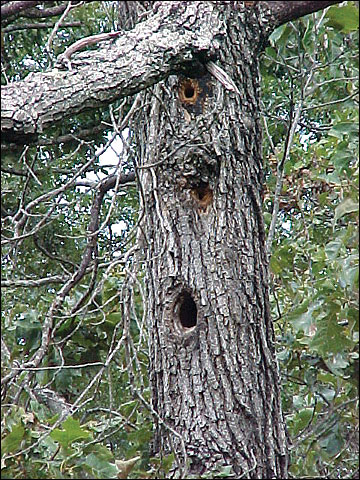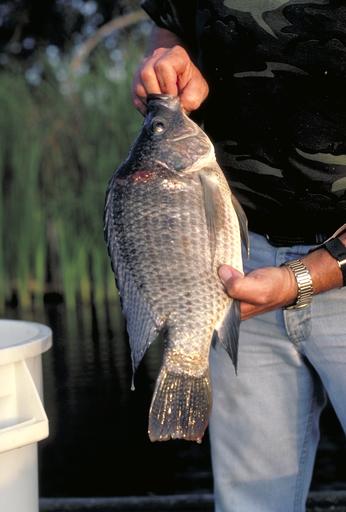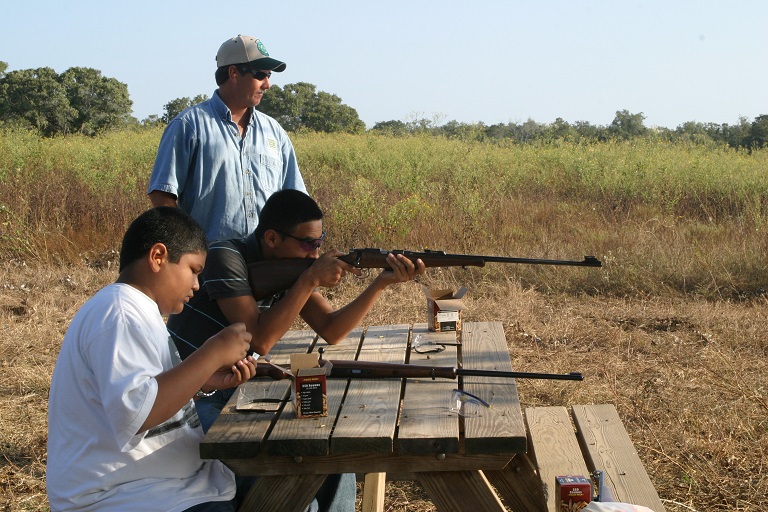Save Snags for Wildlife
Friday, July 31st, 2015
Dead standing trees, or snags, serve as habitat for wildlife. Image courtesy University of Missouri Extension.
This is Passport to Texas
A snag is a standing, dead tree.
08— Most homeowners don’t like them because they can be a problem if it’s about to fall on the house, or the car, or the playscape.
Texas Parks and Wildlife ornithologist, Cliff Shackelford, recommends removing snags that pose risks to safety. However…
13— If that dead tree is not going to fall on anything—it’s full of life. It’s where the woodpeckers are feeding because there are beetles therein; it could be where the owl is going to perch that is going to eat the rodents on your property.
Cliff shares how he handled two dead trees in his yard.
17— We measured how far they were from falling on anything—like the house. So, one of them was 21 feet from the house; I made them cut it down to 19 feet. So, that way, if it fell over, it wasn’t going to be able to even jump that extra two feet and hit the house.
Cliff Shackelford says his reward for sparing the snag is great wildlife viewing and extra money in his pocket.
14— When we left that trunk of the three—that 19 feet—we saved money. Because, that’s the heaviest part of the tree to haul off. So, we saved several hundred dollars by just leaving that 19 foot of the trunk; and the wildlife love it.
Plus, he chipped the broken limbs, mixed them with horse manure, and once it aged, had garden mulch. Find more wildscaping tips on the Texas Parks and Wildlife website.
That’s our show…Funding provided in part by Ram Trucks. Guts. Glory. Ram
For Texas Parks and Wildlife…I’m Cecilia Nasti.






 Passport to Texas is a
Passport to Texas is a  Passport to Texas is made available by:
Passport to Texas is made available by: